Cats, with their charming whiskers and playful demeanor, can sometimes become victims of their own appetites. Just like humans, they can be prone to overeating, leading to weight gain and related health issues. If you’re a cat enthusiast looking to ensure your feline friend stays healthy, here are six practical ways to keep their eating habits in check.
Understanding Your Cat’s Nutritional Needs
Before you can address overeating, it’s essential to understand what your cat truly needs. Cats are obligate carnivores, meaning their diet primarily consists of meat. Unlike dogs or humans, they require a high protein intake for optimal health. It’s not just about quantity but quality. A balanced diet is crucial for your cat’s health, supporting their energy levels, fur quality, and overall vitality. By knowing their nutritional needs, you can better judge whether they’re eating out of necessity or simply for pleasure.
Establishing a Consistent Feeding Schedule
Cats thrive on routine, and this holds true for their eating habits too. Setting a regular feeding schedule can significantly curb overeating. By feeding your cat at the same times each day, you create a predictable pattern that helps regulate their metabolism. Just as humans benefit from regular meal times, cats do too. It helps them understand when to expect food and reduces the chances of them pestering you for additional snacks throughout the day.
Portion Control: Less is Sometimes More
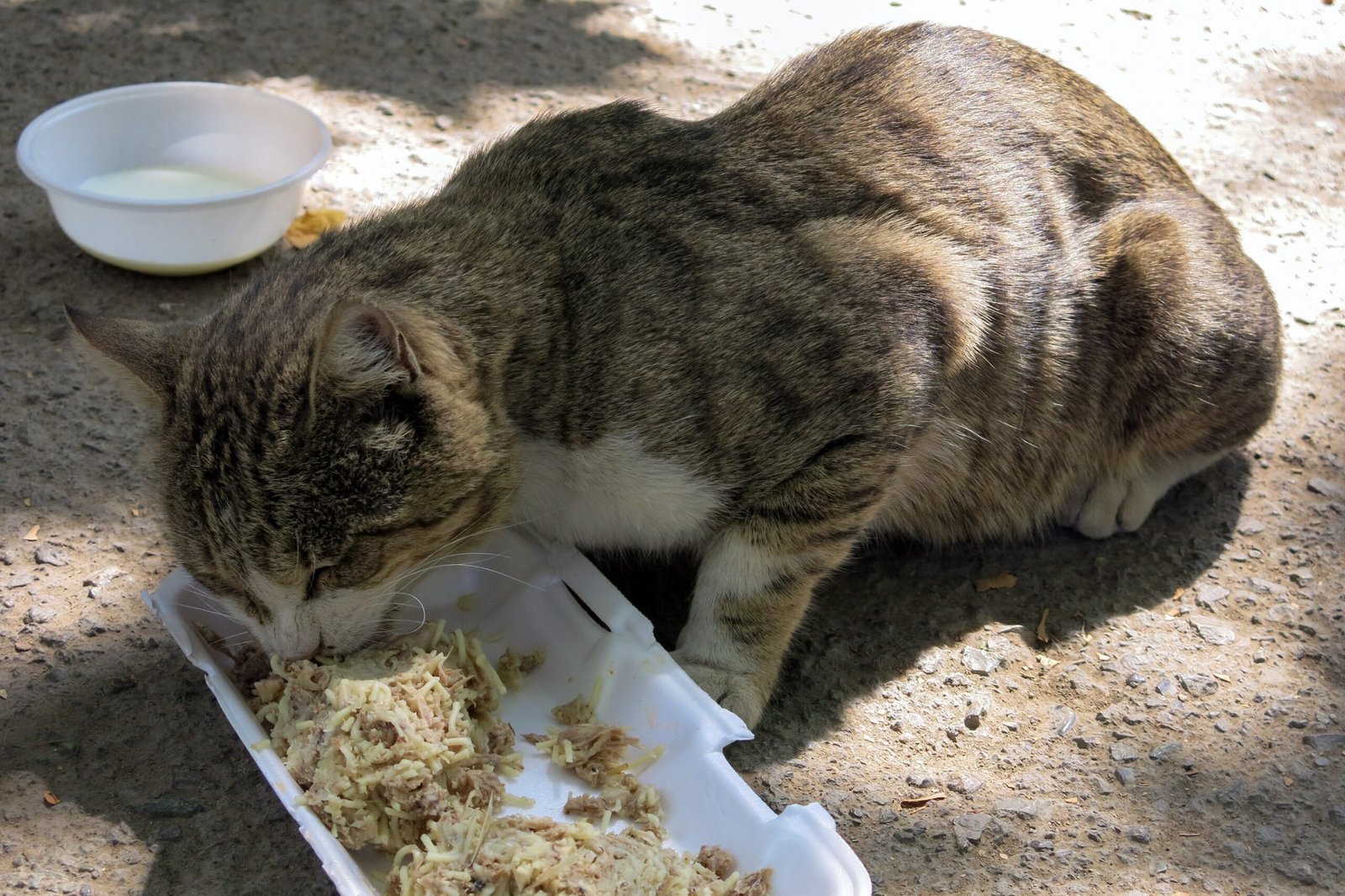
Many cat owners make the well-meaning mistake of overfilling the food dish. It’s easy to equate more food with more love, but this isn’t the case. Portion control is vital. Always refer to the feeding guidelines on your cat’s food packaging, adjusting based on their activity level and current weight. Think of it like filling a gas tank; you want to provide just enough fuel for the journey, not overflow it. Regularly monitoring and adjusting portions can make all the difference in maintaining a healthy weight.
Interactive Feeding Toys and Puzzles
Cats are natural hunters, and their instinct to chase and catch prey can be harnessed to control their eating habits. Interactive feeding toys and puzzle feeders are excellent tools for this purpose. These devices challenge your cat to “hunt” for their food, slowing down their eating pace and making mealtime more engaging. It’s like turning dinner into a game, ensuring your cat works a little for their meal, satisfying both their hunger and their innate hunting instincts.
Monitor Treat Intake: The Hidden Calories
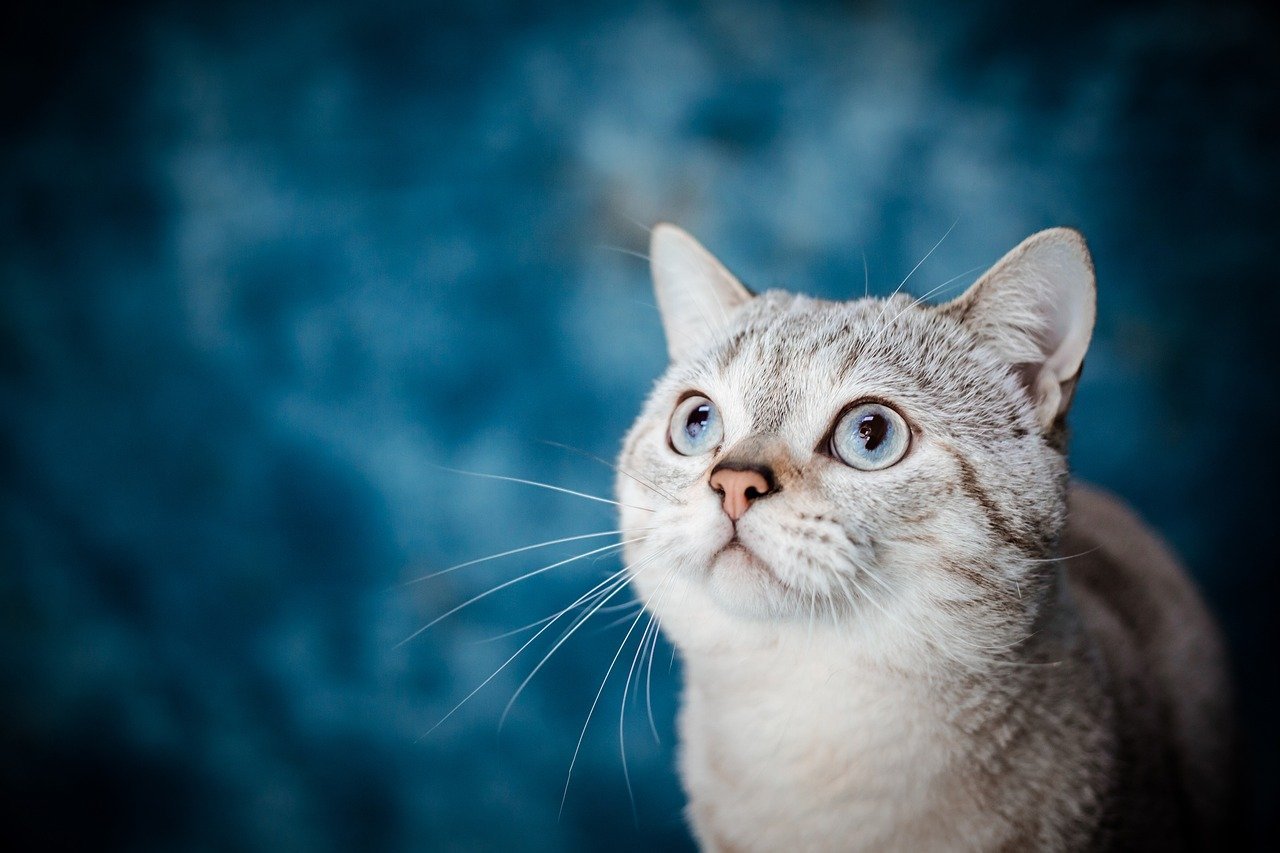
We all love to spoil our pets, but it’s essential to be mindful of treats. Those tiny snacks can add up quickly in terms of calories. Treats should be given sparingly and should never make up more than 10% of your cat’s daily caloric intake. Instead of store-bought treats, consider healthier alternatives like small pieces of cooked chicken or fish. It’s like swapping a candy bar for an apple; the latter is just as rewarding but far healthier.
Provide Ample Physical Activity
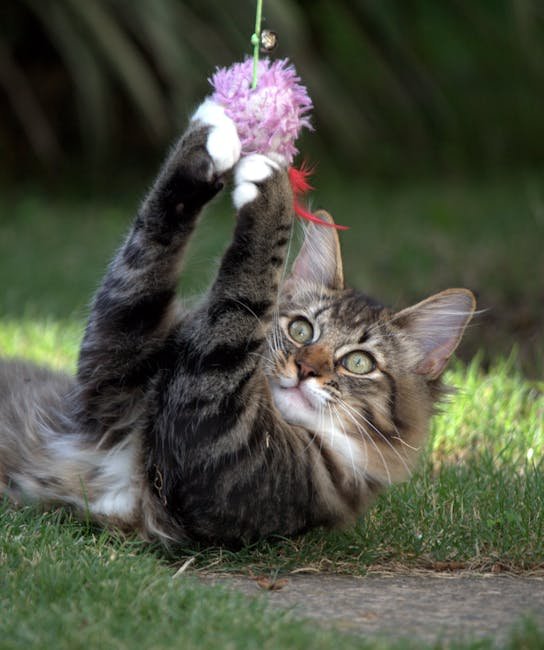
A sedentary lifestyle can contribute to overeating, as boredom often leads to unnecessary snacking. Ensuring your cat gets enough exercise is paramount. Regular play sessions with toys, laser pointers, or even a simple string can keep them active. Think of it as a mini workout session; not only does it burn calories, but it also provides mental stimulation. An active cat is a healthy cat, and the more they move, the less likely they are to overeat out of sheer boredom.
Understanding and Addressing Emotional Eating
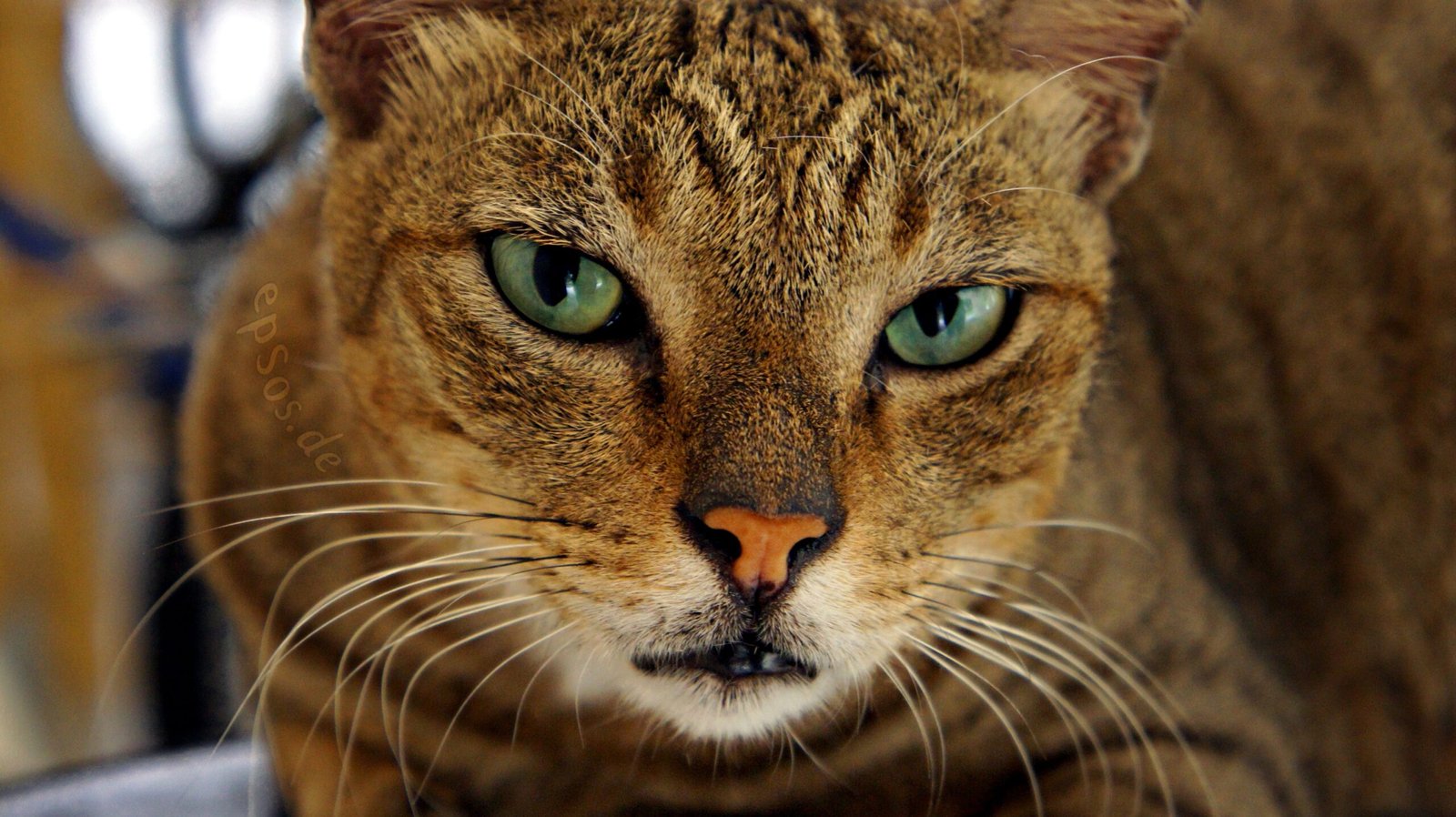
Cats, much like humans, can eat out of boredom or stress. Recognizing the signs of emotional eating can be crucial in preventing overeating. If your cat seems to eat more during stressful times, it might be time to look into possible stressors in their environment. Changes in the household, new pets, or even a shift in routine can cause stress. Addressing these issues can help curb their need to overeat. It’s like offering comfort through understanding rather than food.
Regular Health Check-Ups
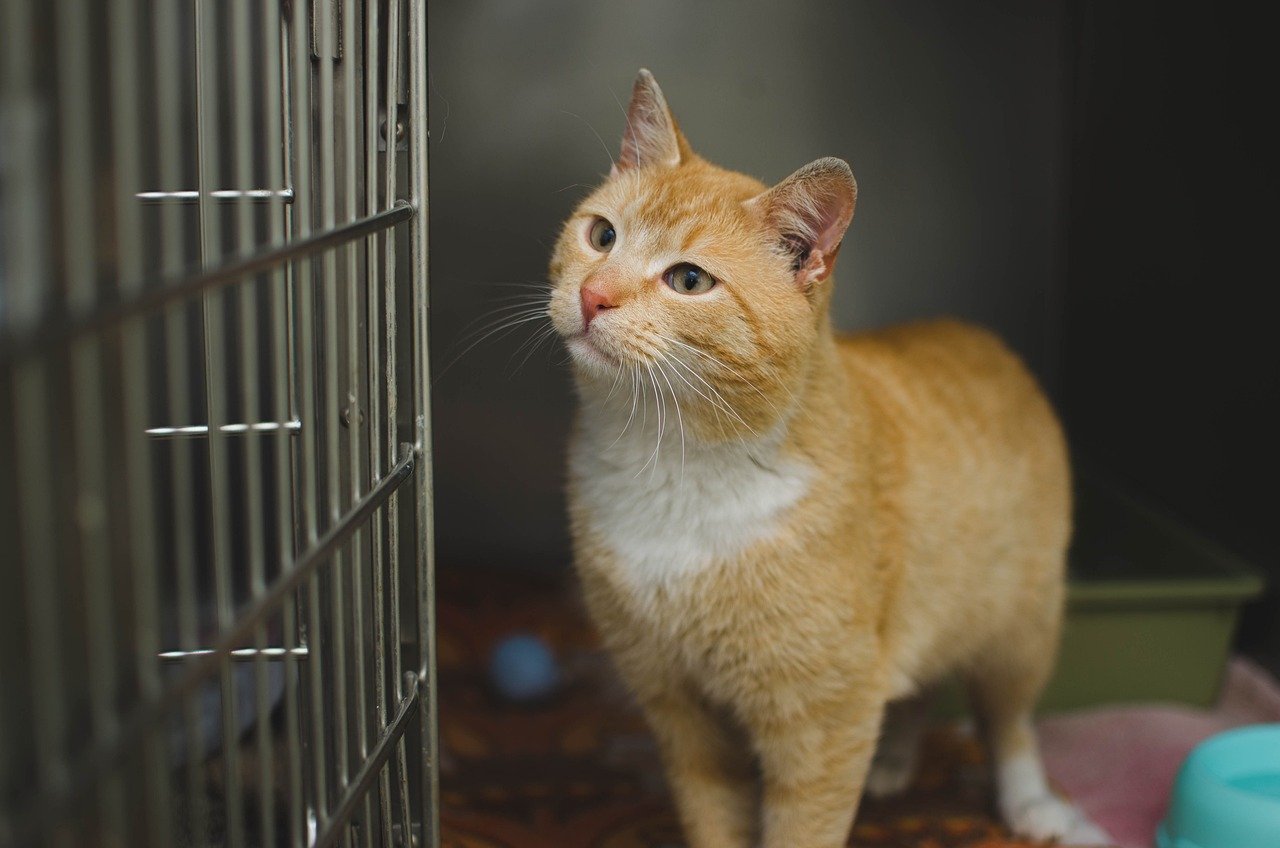
Routine veterinary check-ups are crucial in ensuring that your cat maintains a healthy weight. Sometimes, underlying health issues can lead to increased appetite or weight gain. By scheduling regular vet visits, you can catch any potential problems early. It’s akin to taking your car for regular maintenance; you might not know something’s wrong until a professional checks it out. Staying on top of your cat’s health can prevent overeating and ensure they remain in peak condition.
Choose High-Quality Cat Food
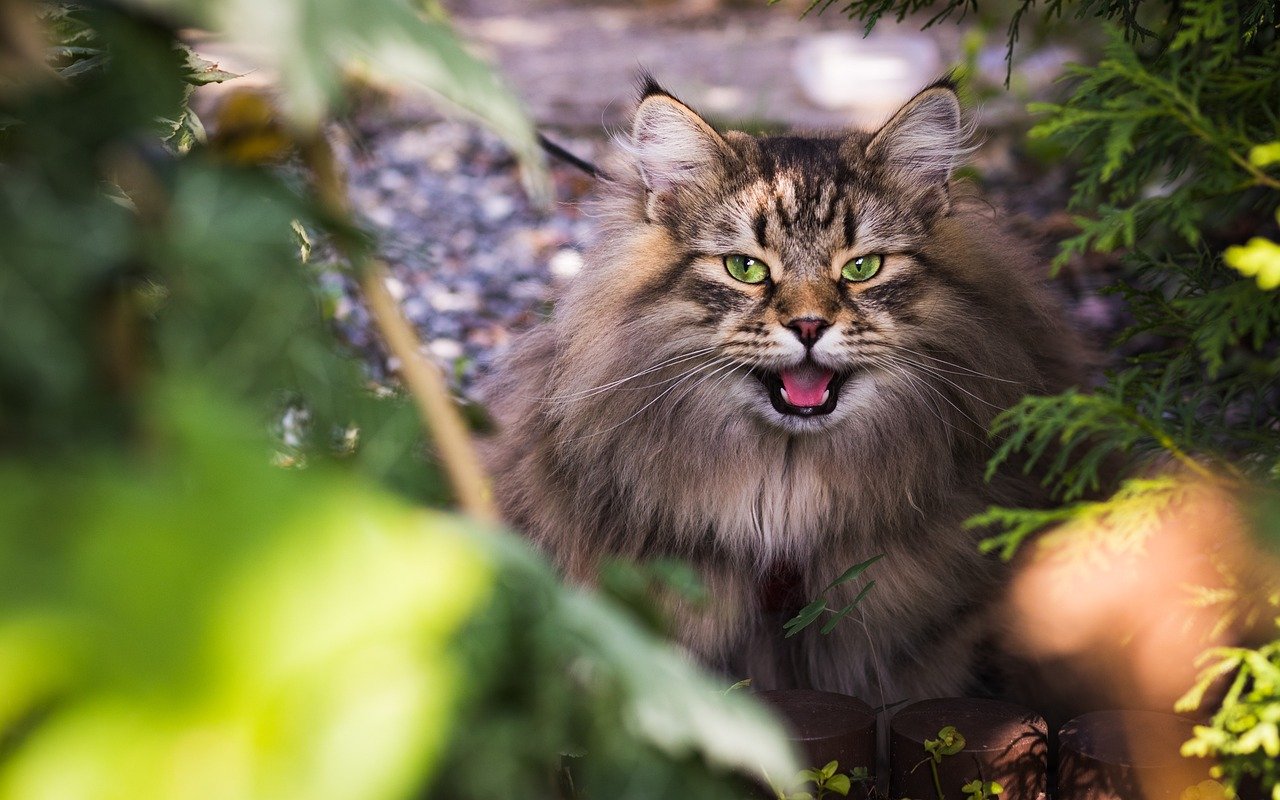
The quality of the food you provide can significantly impact your cat’s eating habits. High-quality cat food, rich in essential nutrients, can satisfy your cat’s hunger more effectively than cheaper, filler-laden options. It’s like comparing a nutritious, filling meal to a fast-food burger; the former provides sustained energy and satisfaction. Investing in good quality food might seem more expensive initially, but it can lead to fewer health problems down the line.
Keep a Feeding Diary
Keeping track of your cat’s eating habits can be enlightening. By maintaining a feeding diary, you can monitor what, when, and how much your cat eats. Over time, patterns might emerge, helping you identify potential overeating triggers. It’s similar to keeping a personal food diary; awareness is the first step to change. By understanding your cat’s eating patterns, you can make informed decisions to prevent overeating.
Conclusion
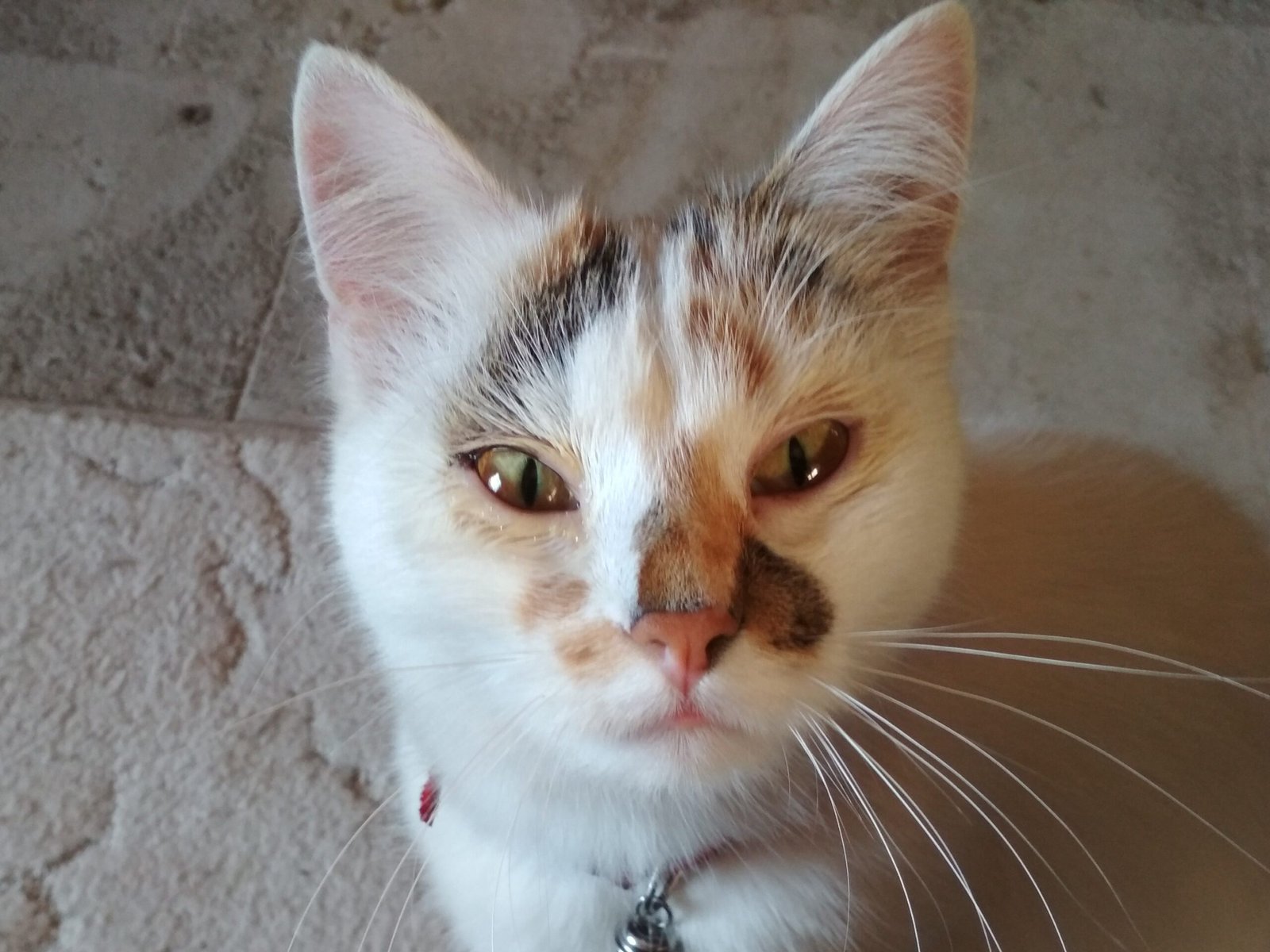
Preventing your cat from overeating requires a combination of understanding, routine, and awareness. By implementing these strategies, you can ensure that your feline friend maintains a healthy weight and enjoys a vibrant, active life. Remember, a happy cat is one that’s well-fed, both in body and mind.
Hi, I’m Bola, a passionate writer and creative strategist with a knack for crafting compelling content that educates, inspires, and connects. Over the years, I’ve honed my skills across various writing fields, including content creation, copywriting, online course development, and video scriptwriting.
When I’m not at my desk, you’ll find me exploring new ideas, reading books, or brainstorming creative ways to solve challenges. I believe that words have the power to transform, and I’m here to help you leverage that power for success.
Thanks for stopping by, Keep coming to this website to checkout new articles form me. You’d always love it!






